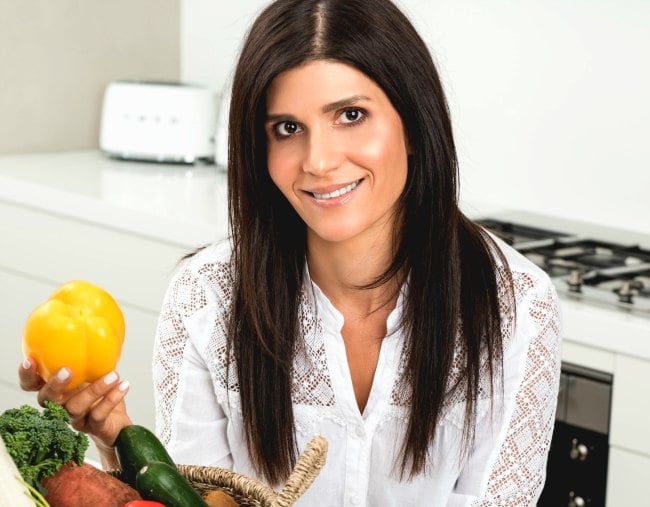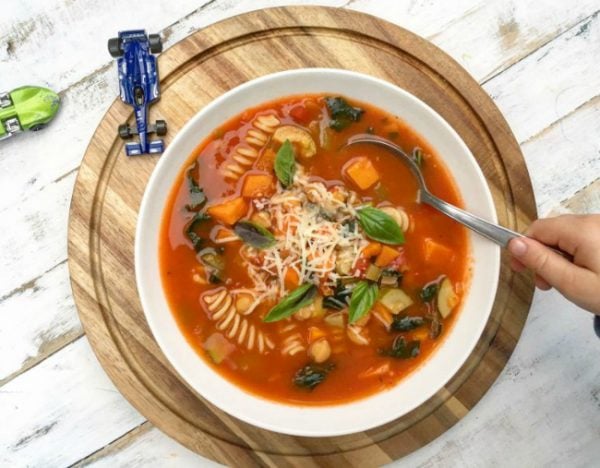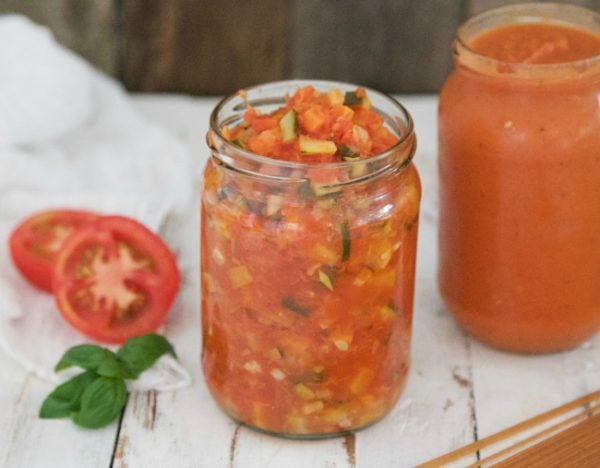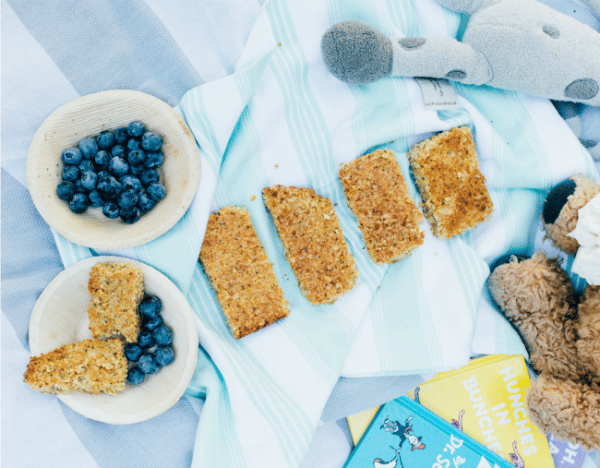
While most of us don’t have time to cook everything from scratch, learning to read food labels allows you to see clearly what is a healthier choice. My ultimate aim as a paediatric nutritionist is to help you navigate the Australian supermarket shelves to ensure you choose the most wholesome options available, free of the nasties that are present in many foods.
How do you read a food label?
Identifying hidden nasties in store bought products is something I go into a great deal of depth in my book. My advice for reading food labels is to look at the ‘per 100g’ values, as ‘per serve’ can often be misleading if you’re likely to eat more than the suggested serving size. The ‘per 100g’ column is also the most useful for comparing products to assess their sugar, protein, sodium and fat content.
































































































